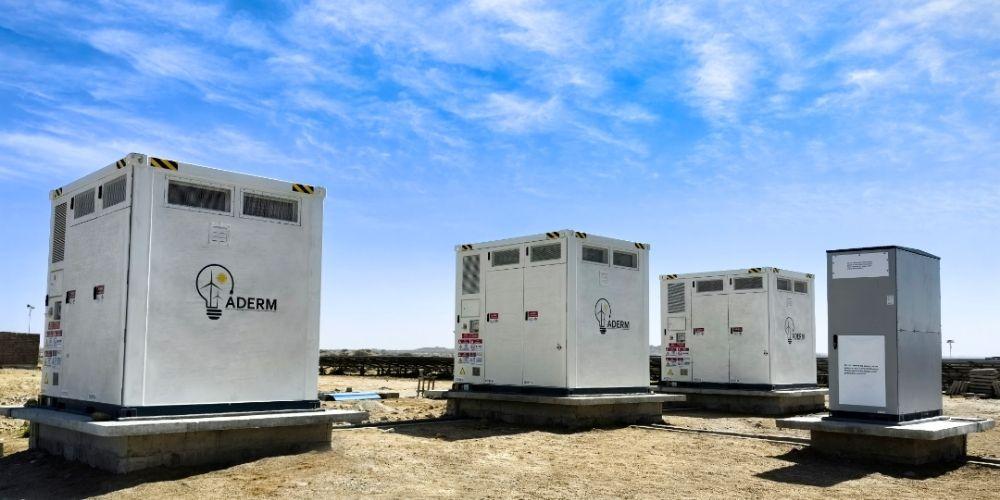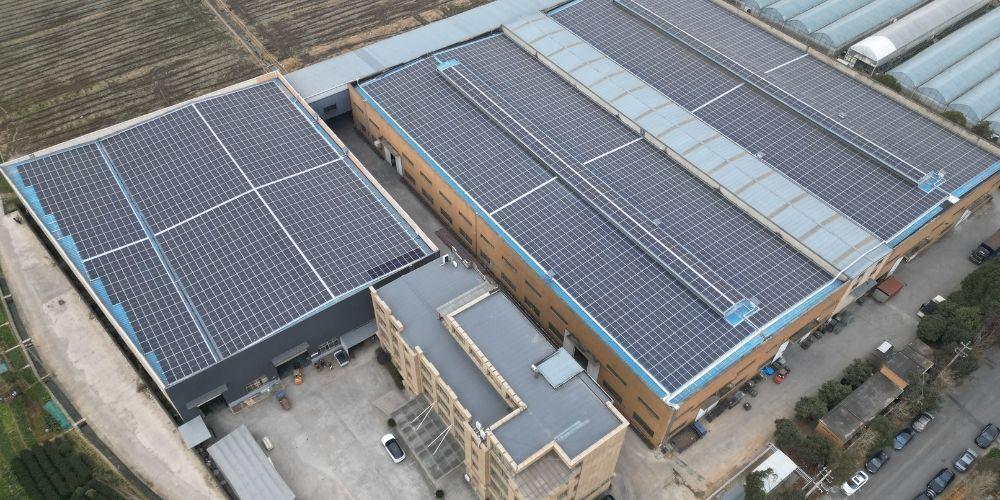Spain's Blackout Crisis: 4 Golden Opportunities to Seize
On April 28, 2025, Spain and Portugal suffered an unprecedented nationwide blackout. The blackout began at 12:30 p.m. Traffic signals, subways, and high-speed trains stopped working instantly, stores on the road began to close, and attractions such as the Royal Palace in Madrid were closed. At 23:00 that night, Spain's Prime Minister Sanchez declared a national state of emergency, Portugal's Prime Minister Monte Negro also declared a state of energy crisis.

Core Causes of the Blackout
Extreme Weather
On the day of the accident, Spain experienced extreme heat of 45°C, and the electricity load soared to a historical peak of 48.7 GW. At the same time, extreme temperature fluctuations lead to 400kV above the ultra-high voltage grid oscillation, high temperature also makes the photovoltaic efficiency decreased by 10%, further aggravating the burden on the power grid.
Energy Structure and Storage Issues
Spain's renewable energy accounted for 67% of the total, but the supporting energy storage capacity was only 2.1 GWh, accounting for 0.3% of the demand, unable to buffer the fluctuation of supply and demand. The wind power output plummeted 83% on the same day, creating a power gap of 6.4 GW. And the phase-out of 7.3 GW of coal power from 2012-2025 has weakened the ability to secure baseload power.

Aging grid infrastructure
40% of Spain's transmission equipment is over 30 years old. Key lines failed under high pressure, and a cooling system failure in the Andalusian grid caused a transformer explosion, triggering a cascade of outages.
Insufficient Grid Interconnectivity and Emergency Mechanisms
As energy islands, Spain and Portugal have limited interconnections with France. When grid failures occur, external support is insufficient. The delay in Europe’s automatic disconnection mechanism further exacerbated the crisis.
4 major takeaways from this blackout
Optimize Energy Structure
Retain a portion of traditional energy sources as a safety net while developing renewables, such as Spain's plan to restart 2.4 GW of coal power.
Enhance Grid Infrastructure
Increase investment in grid upgrading, enhance the digitalization level of the grid, and accelerate the elimination of aging equipment, such as Spain's announcement of an investment of 8.7 billion euros in upgrading its smart grid. At the same time, the redundant construction of the power grid has been strengthened, and interconnection lines have been increased to improve the risk-resistant capacity of the power grid.
Improve Emergency Response
Establish a cross-national emergency power distribution mechanism, like Portugal's proposal for a multinational emergency power pool. Enhance the grid’s “black start” capability for rapid recovery after outages.
Focus on Energy Storage
Mandating new energy power stations to be equipped with energy storage, encouraging the development of distributed energy sources and microgrids, and improving the flexibility and stability of energy systems.

4 Golden Opportunities
Energy Storage Sector
With storage capacity at only 0.3% of demand, the blackout highlighted the critical need for storage solutions. As Europe advances its energy transition, storage technology has significant market potential.
Power Equipment Sector
With 40% of Europe’s distribution networks over 40 years old, there is a pressing need for upgrades. Chinese power equipment companies may benefit from technological and cost advantages, increasing their market penetration.
Photovoltaics Sector
Spain’s solar energy share is 25%, with plans to significantly increase installed capacity by 2030.

Emergency Power Sector
The blackout affected transport and healthcare systems, increasing demand for emergency power equipment. This indicates a surge in demand for various energy sources, including wind, solar, and hydropower.